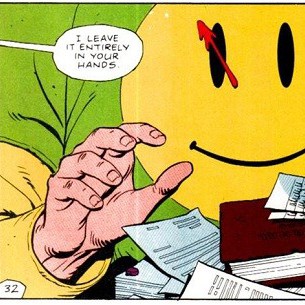The last book I read in 2010 was Tom Bissell’s Extra Lives, a personal examination of video games, their limitations, and how they’re on their way to becoming a medium full of possibilities. It’s by no means complete – as the author himself notes, quite a lot of games were not covered even though he had written about them (including Half-Life 2, goddamnit, one of my favorite games), and all of them were X-Box 360 games, because that is what Bissell owned. It’s a fast, breezy read – I was done with all but the last chapter on my flight to Guwahati. The last chapter was called Grand Thefts, and I deferred the pleasure because I thought I would come home, install GTA4 on this laptop and continue my saved game. Alas, I had forgotten to take a backup of the saves, and I did not have the enthusiasm to start over on Niko Belic’s quest.
I did finish the book just before the 31st – and I have to say that Grand Thefts was a great chapter to end the book on, because it adds a different layer to the addictive nature of video games, in particular the open-world kind that GTA4 is an example of, the kind that demands hours and hours of dedication and world-grinding. You see, Bissell hooked up with a coke dealer, got high snorting lines of cocaine, and then played GTA4 continuously. It’s the kind of thing that would make me giggle nervously. When Bissell says “Video games and cocaine feed on my impulsiveness, reinforce my love of solitude and make me good and bad in equal measure”, I pause and wonder if that’s the same reason I play video games myself, and if I should try and see what it feels like to get high and play GTA. Hmm.
The best thing about the book, I thought, was the objective look at the shortcomings of the medium, despite the semi-memoir approach. For example, Bissell thinks the world of Bioshock, but he devotes quite a bit of page-time to a discussion of Ubisoft designer Clint Hocking’s evisceration of the game in a much-discussed blog post. Even as he professes his love for games like Resident Evil, Fallout 3 and Oblivion, he laments the cringe-worthy dialogue that populates most such games (Mass Effect earns quite a bit of praise, on the other hand). The anecdotes that Bissell scatters around the book are little snapshots of gamer lore – every gaming geek worth his headshot has fond memories of game sequences and the author is no exception. My favorite is his account of a co-op session of the zombie game Left 4 Dead, a tale of heroism, courage and occasional douchebaggery – even though I personally have never played co-op. All of these makes Extra Lives a wonderful look at the American gaming scene from the point of view of a neutral observer – but one who is sold at the medium’s possibilities, and is optimistic about the future of gaming and game culture.
The downside of the book is what he does not cover. In addition to the seminal contemporary games that were missed out, there could have been chapters on handheld gaming, on the Japanese influence (Resident Evil, Kojima and Metal Gear Solid are brought up in passing, but c’mon, you really do not want to skim over such cornerstones of gamelore), sports games, casual games (including the influence of the Wii). BUT. Extra Lives introduced me to the awesomeness of Braid, and for that, I’ll be eternally grateful.
Like all successful pop culture artifacts, this book requires a sequel. Possibly a franchise, that tracks the gaming industry as it marches towards world domination.
